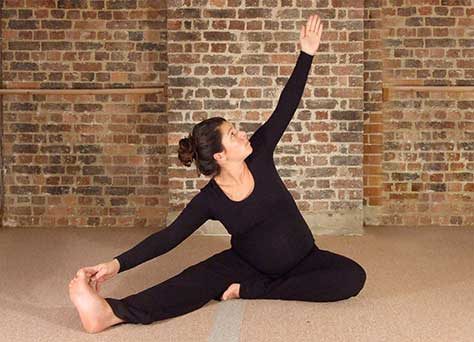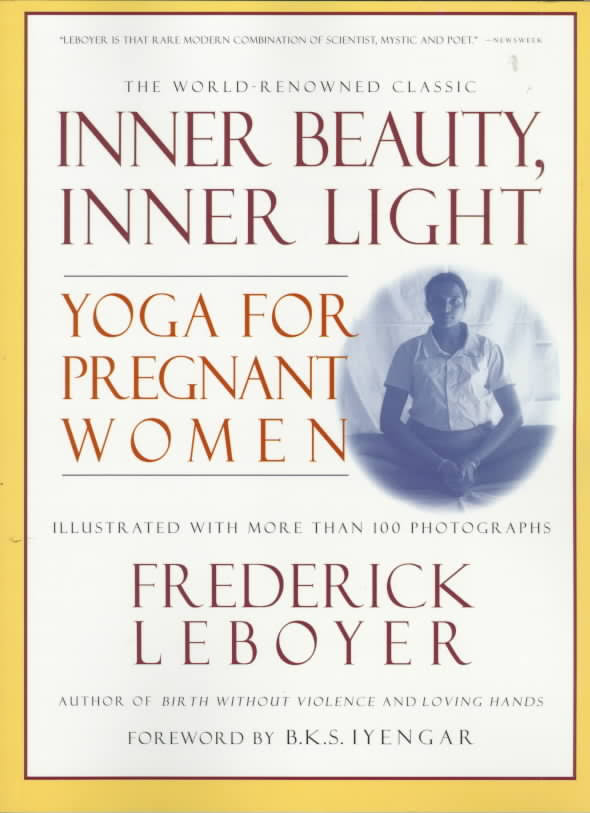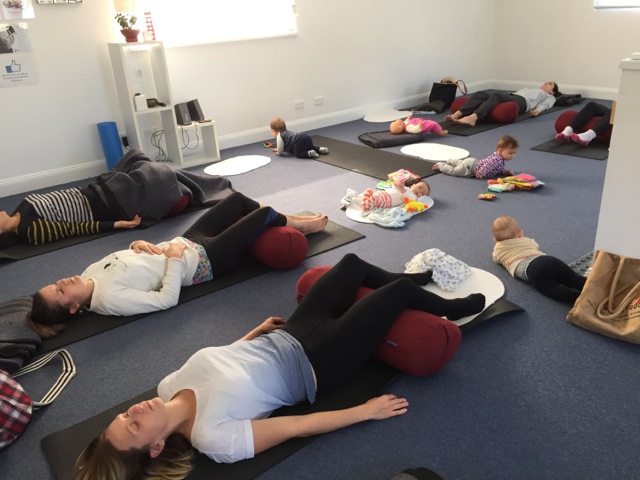
Have you ever considered the many dimensions of practicing yoga during pregnancy? Prenatal yoga offers benefits on a physical and emotional level more than any other time in a woman’s life.
Breathing techniques taught during a good prenatal yoga class serve as an essential tool for not only labour but also as techniques for coping as a mother. The ability to breathe consciously is a gift we give to ourselves and to our children. Breathing in prenatal yoga classes, and in preparation for birth, help us move into our relaxation response or our parasympathetic nervous system – our best friend for birth. Conscious breathing provides space for the uterus to function and stimulates the vagus nerve which again brings us back to our relaxation response. For the body to birth our babies with ease and for the uterus to function effectively, we need to be able to tune in to this side of our nervous system. Focusing on our breathing also increases the amount of oxygen going to the body meaning the uterus as a muscle is able to function more effectively. The majority of women during labour say that they used their breath as a tool during birth
The physical postures, or asanas, taken in prenatal yoga specifically help broaden the pelvic diameter making more space for your baby to move down. They will encourage baby into the optimal position for birth (a baby optimally positioned leads to a shorter labour) and will help you become more intuitive with your body’s needs.
Yoga and breathing techniques help regulate our hormones. The stretching and physically challenging postures during prenatal yoga increase our amount of endorphins, that is our natural pain relief. A good prenatal class shouldn’t just consist of purely gentle movements – some challenging postures increase our physical stamina and mental resilience. If we were to see birth as a marathon, as it often maybe, we would want to prepare our body to be in our peak physical health and strength…. yoga is key in this.
A sound prenatal yoga class, taken under an experienced doula or birth educator, will also provide you with active birthing positions. When practiced regularly, both in class and at home, these positions will help your baby move down, can help prevent tearing and create a shorter, easier labour. Combined with affirmations these can be incredibly powerful in creating a beautiful birth experience.
Relaxation techniques and visualisations at the end of class increase the bond with your baby – a beautiful yoga nidra visualising your baby in the womb can be a precious experience in your pregnancy. Other visualisations will help you create the picture of your birth in your mind. Just as a marathon runner sees himself running over the winning line over and over again, the power of creating your ideal birth in your mind can be powerful. Dr Sarah Buckley states that “the higher a woman’s expectations (of birth) the greater her degree of birth satisfaction”. A randomised controlled trial showed that practicing just 1 hour of yoga twice a week created shorter labours, less complications, less need for pain relief and better birth weights. Amazing results for only 2 hours of yoga per week!
When choosing a prenatal yoga class, look for a class with a yoga teacher who is also an experienced doula or birth educator. These classes offer all of the above and become not only a prenatal yoga class but also an additional form of birth education (see www.shebirths.com for a complete two day birth education course). Prenatal yoga classes at Yoga & Health Collective Mona Vale or Manly Yoga on the Northern Beaches and the Dharma Shala in Bondi are all under the care of specialist birth educators, doulas and senior yoga teachers.
Prenatal yoga honours the journey of pregnancy and birth and creates memories of your pregnancy that you will cherish for a lifetime. So much more than simply keeping fit during your pregnancy, yoga during pregnancy offers lifelong skills that are a gift to you, your baby and to life.



